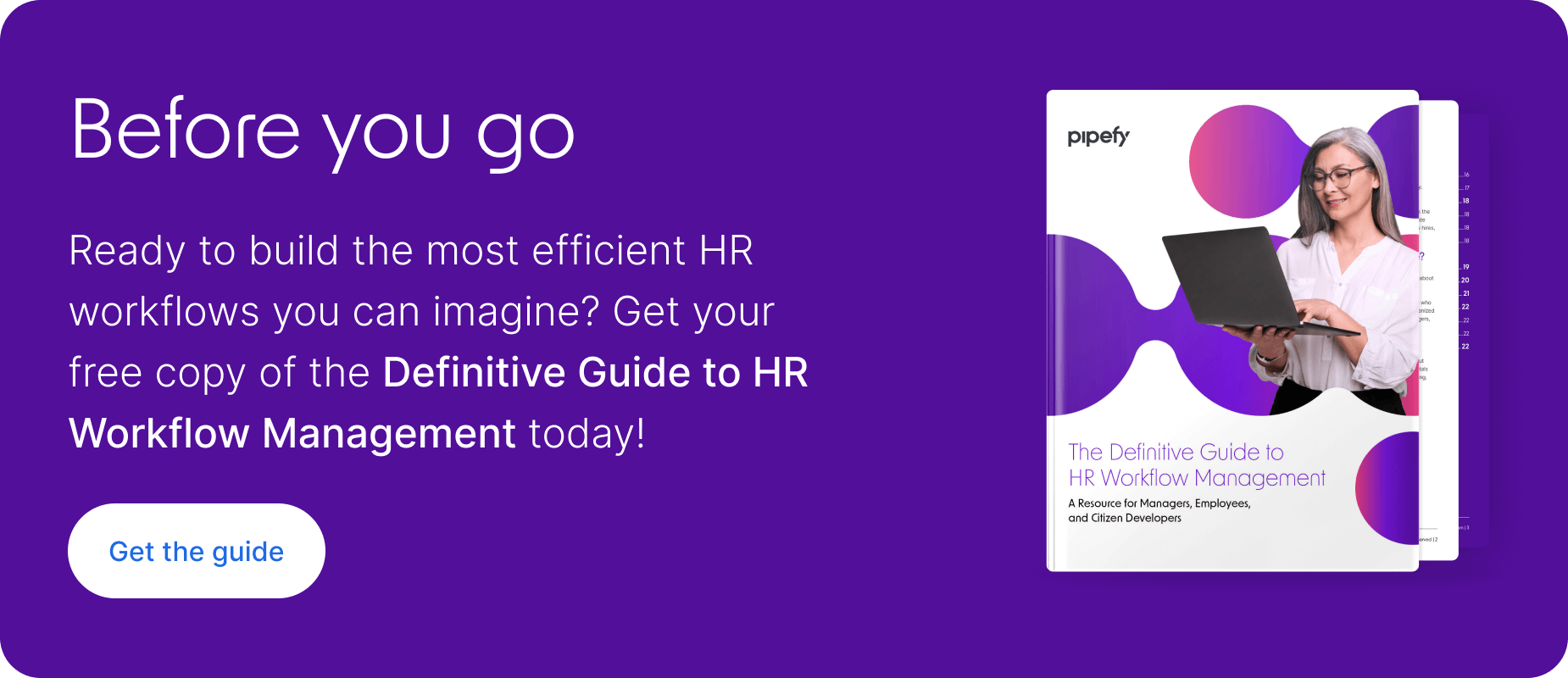ARTICLE SUMMARY
The 9-box grid is a performance evaluation methodology that helps leaders to keep track of their team members' performance and growth potential. To apply this technique, leaders and HR must meet to discuss and collaboratively fit every employee into one of the quadrants of the box grid, according to their potential and current performance.

What is a 9-box grid?
The 9-box grid is a grid-based tool used to assess employees. It’s also known as the 9-box performance or a 9-box matrix. The 9-box grid evaluates an employee’s performance and potential across nine key points.
This technique is used to track performance, review performance, and manage performance. It consists of a chart in which the X-axis refers to one’s current performance, and the Y-axis represents their potential.
The idea is that managers and the HR department discuss and collaboratively fit every employee into one of the nine quadrants of the box grid. This should be conducted by several individuals who work with the person evaluated. This assures that the decision will be as just and unbiased as possible.
Why you should use a 9-box grid
The 9-box grid is a great way to evaluate your employees’ performance with precision and fairness, which is essential to keeping your team motivated and retaining top performers.
Here are some key reasons why the 9-box grid is ideal for assessing an employee’s performance:
Gain a big-picture view of how employees are currently performing.
This quick snapshot presents a clear visualization of where employees fall in terms of performance and potential.
Identify opportunities to improve.
Because the 9-box grid considers both performance and potential, managers can use it to identify how employees can improve. Making the 9-box grid evaluation a collaborative process with employees may also reveal a talent or a potential that managers hadn’t noticed before.
Flag potential for growth.
By mapping your talent pool’s potential and performance, you can project their development, set targets for them to reach, and promote a culture of continuous employee development.
How to use the 9-box grid
While the 9-box grid technique is often used to assess and evaluate employee performance and potential, it can also be used in two additional ways: performance management and succession planning.
Performance management
In addition to gauging how employees are performing and the potential they possess, a 9-box grid also helps managers track their overall performance and gain insights into potential blockers. For example, if an employee goes from being a high performer with high potential one quarter to an effective performer with high potential the next quarter, the manager now has an opportunity to check in with the employee and assess how they can best support them.
Succession planning
Leaders come and go, and it’s not uncommon for the next leader to come from within the organization. A 9-box grid can help leaders identify their successors based on how much they’ve done for the company and their potential contribution level. These two qualities are essential to identifying a successor because it not only demonstrates an ability to effectively do their job, but to do so in a strategic, forward-thinking, and growth-driven manner — qualities required of leaders.
How to not use a 9-box grid
Although the 9-box methodology is useful, you must avoid using it to be unfair to your employees or express favoritism. As you assess employees within the grid’s structure, be fair and accurate. Not doing so may leave employees feeling as though they aren’t recognized or seen as assets to the team, and it may also even lead to the loss of a vital team member.
It’s also important to not judge an employee’s future potential based on their immediate performance. While the results of their performance may place them within a certain segment of the grid, the 9-box grid is all about predicting an employee’s potential to change and improve.
Finally, be sure to revisit an employee’s evaluation periodically to ensure that they are continuously developing and aware of how they are performing.
How to create a 9-box grid
While each manager will have their own needs or structure needs, use this graphic and framework to start building a 9-box grid:
1. Define performance.
This may vary based on your company or department’s definition, but here are some performance indicators to help you get started:
- Under performance: This person is falling behind on deadlines or not meeting basic job requirements and tasks.
- Effective performance: This person is keeping up with work and meeting all of their job requirements successfully.
- Outstanding performance: This person is not only meeting up all of their job requirements successfully, but they are also taking on additional tasks and proactively seeking new opportunities.
Performance indicators will flow from left to right, or along the x-axis of the grid.
2. Define potential.
This may also vary based on your company or department’s definition, but here are some potential indicators to help you get started:
- Low potential: This person is either not engaged, unwilling to improve, or has reached a career ceiling within their role.
- Medium potential: With training, guidance, or mentorship, this will person is capable of improving or reaching the next level in their career.
- High potential: This person is proactively seeking ways to improve or is ready to advance in their career.
Performance indicators will flow from down to up, or along the y-axis of the grid.
3. Map out your grid.
Once you’ve defined performance and potential levels, it’s time to combine them and place them across your 9-box grid.
Starting from the bottom left corner, start mapping your grid based on the performance and potential indicators you defined. Keep in mind that performance will fall (and increase) along the x-axis, and potential will fall (and increase) along the y-axis. Below is an example of what a finished 9-box grid could look like:
| Potential (high) | Under performance, high potential: This person is aware that they are currently falling short, and is actively taking actions to improve performance. | Effective performance, high potential: This person consistently outperforms goals; ready to advance within the company or department. | Outstanding performance, high potential: This person goes above and beyond and showcases leadership qualities; ready to advance within the company or department. |
| Potential (medium) | Under performance, medium potential: This person is falling short, but is willing to learn and improve. | Effective performance, medium potential: This person effectively meets goals and job requirements; ready to advance their career with additional training or guidance. | Outstanding performance, medium potential: This person is consistently performing and has the potential to move up the rank with training or mentorship. |
| Potential (low) | Under performance, low potential: This person is not aware that they are falling short, and has not shown initiative to improve. | Effective performance, low potential: This person is a valuable asset to the team, but their trajectory within the department or company is capped. | Outstanding performance, low potential: This person is a valuable asset to the team, but their trajectory within the department or company is capped. |
| Performance (under) | Performance (effective) | Performance (outstanding) |
4. Determine next steps.
In addition to defining potential and performance levels and bringing them together within a 9-box grid, be sure to also define the following:
- Next steps if employees fall under low performance, low potential. Depending on company policy, this can include a probationary period, a performance improvement plan, termination, or demotion.
- Next steps if employees fall under high or effective performance, low potential. Unfortunately, some employees may not be able to see the next step within their existing workplace. If this is the case, be prepared to discuss options like internal later moves or even career moves. If the latter is what makes the most sense, don’t take it personally; it’s important to do what’s best for them and be there to support them throughout their decision.
This way, if an employee falls within either of these boxes, you have a clear path set up to help inform your future decisions. The same applies to employees that are flagged as having high potential. Identifying opportunities for growth and helping them reach new career milestones is essential to not only supporting and keeping employees engaged, it’s the key to long-term employee retention.
Manage your employee evaluations with Pipefy
Pipefy is a low-code business process automation platform that helps companies build, orchestrate, and automate business processes. But did you know that you can also use Pipefy to manage performance evaluations?
With Pipefy’s 9-box grid template, you can adapt the chart into a functioning process with customizable features like automation, integrations, and analytics to organize, visualize, and manage your employee’s performance and potential with accuracy.






